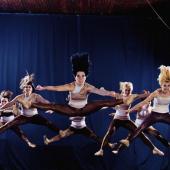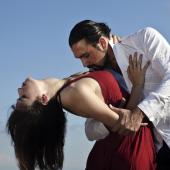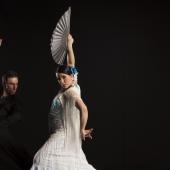The Tango
Born out of the immigrant´s nostalgia of Buenos Aires in the 1880s, the passionate Tango with its many styles began its triumphal procession throughout the world. Its exact origins are obscure. What is clear is, that it was born and developed out of a despair and a very human desire for a beautiful and good life.
In Buenos Aires in the late 19th century many, mainly European immigrants, arrived. Mostly without their families and women. To pass the time they often went into brothels, where they danced with the prostitutes and waitresses and celebrated. These dances were so passionate and aggressive, so that petite bands played music to it. One can call this music to these dances Urtango. The Candombe of the Creoles and blacks had an important influence on the tango. Just like the habanera, which is sometimes also called Tango Americano. The Habanera reached a high popularity in Spain. A famous example is the opera "Carmen" by Georges Bizet.
The influence of Central European immigrants is not low. The Poles brought their Mazurka and the Bohemians their polka. The Germans added the tango not only to the bandoneon, but they also mixed it with their waltz as well as the Ländler and thus interlaced the twists into the dance.
The Tango songs always told of emotions, from life in the district, from fraud to the wives and mothers of the society. As the tango was danced pretty vulgar, it was frowned upon in the high society. But even in the upper class, there were men who did not adhere to the rules and introduced the tango to Paris and from there to the cities of the countries throughout Europe. The Tango has always been considered as dance that expressed human desire. And as the tango returned in 1913 - developed and socially acceptable - back to Buenos Aires, where the golden era of tango began.
Nowadays, there are a variety of styles of the Tango. The most original one, Tango Argentino - comes from the Rio de la Plata in Buenos Aires. There are also, for example, the Tango Queer, in which same-sex couples dance together, or the Tango Nuevo, which is enriched by contemporary music and jazz.




